Veuillez noter que certaines nouvelles de transport international ainsi que les nouvelles américaines sont disponibles en anglais seulement.
At the beginning of the pandemic, ocean carriers were able to cut capacity to match a sharp drop in demand. However, carriers did not carry out the same corrective action in the last four months of 2022 when volumes crashed. Instead, carriers have adopted a wait-and-see approach, waiting for competitors to blank sailings before mirroring the action themselves. Consequently, there are drastic changes to scheduled capacity leading up to actual deployment.
Sea-Intelligence data showed scheduled deployment or Week 7-9 2023, as they were at different points in time for the Asia-North America West Coast corridor (see Figure 1). Schedules that were two weeks out reflected to an extent what the actual deployment turned out to be. Schedules three weeks out had around 10%-20% of “extra” capacity that did not get deployed. Schedules six weeks out had an excess of 20%-40%, except for in Week 9 where it was in excess of 10%-15%.
“This means that in the 3 most-recent weeks, carriers have corrected significant amounts of capacity. The same trend was also seen at the end of 2022 after Golden Week, where there was an excess of 60%-80% of capacity that was scheduled but not deployed,” said Sea-Intelligence CEO, Alan Murphy.
On Asia-North America East Coast, capacity correction occurred less frequently and was not to the same extent as seen on the West Coast.
Source: Sea-Intelligence





